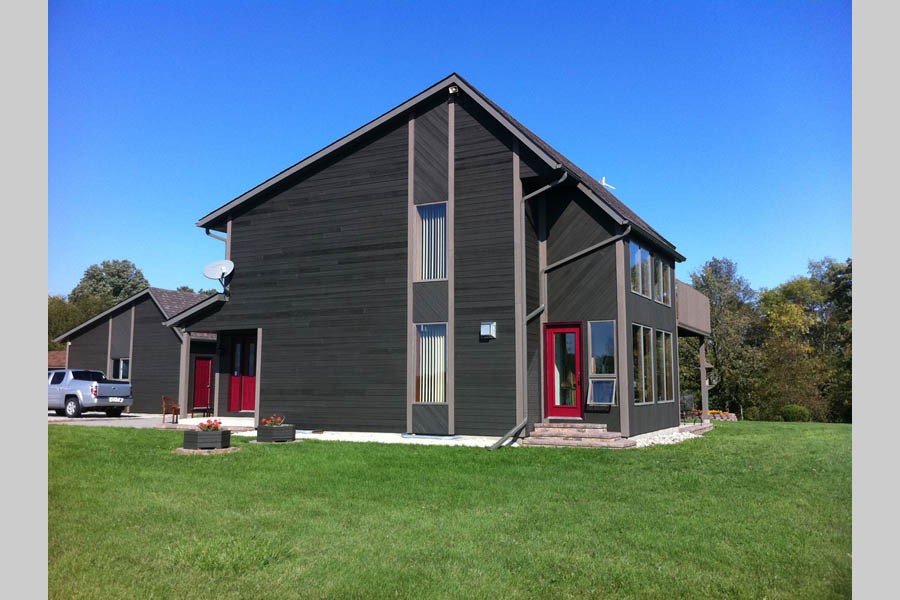
Published :
Updated :

Even on the official reckoning of the Department of Environment (DoE), one in three of the country's brick kilns is in operation without licence. But a top official of the DoE informally claims that 60 per cent of the kilns have been operating illegally and that too after the brick law came into force on July 01, 2014. The Paribesh Bachao Andolan (POBA) holds that no less than 50 per cent of the brick kilns have no approval and do not apply the advanced technology for brick-making. However, the number of kilns also varies. The DoE estimates those at 6,843 while the POBA and other sources put the number at 8,000 to 9,000. Although, the traditional chimneys of brick kilns have been mostly replaced and the improved version of burning bricks employed, kiln owners often resort to devious ploys for using banned wood or logs as fuel. In remote areas, the traditional ones operate clandestinely in violation of the 2013 brick law.
In case of operation of brick kilns, therefore, the violation of the law takes mainly on two fronts. First, there are those who do not feel the need for renewal of their kilns' licence and environmental certificate and others who have never sought approval for their kilns. The other type of violation is breaching the regulations by pretending that those are not violated. This concerns the surreptitious use of wood or logs in the kiln instead of coal. How this can happen is explained by the officials of the DoE. Understaffed, the department cannot monitor the brick kilns located all across the country. The claim is not totally unfounded but given the will, it could launch a campaign for making people aware of the enormous damage done to the environment.
A World Bank-aided project has introduced Hybrid Hoffman Kiln (HHK) technology after its improvement in China and still some readjustments to suit local condition. It has the advantage of bringing down the pollution by half. The other advantages are the improvement in working condition for labourers. They enjoy many facilities including fixed wages for less labour irrespective of men and women. Such kilns have even earned carbon credit and the extra money received is spent on medical needs of workers.
The HHK technology may comparatively look better, but a country of Bangladesh's size with such a large population should look for the best option open to it. It is intriguing why bricks should not be totally rejected as a construction material. Concrete blocks are far better an alternative to bricks. But those have not been promoted as such. Why? In terms of stress resistance, load-taking, durability, thermal insulation and ease of construction, the hollow concrete blocks are miles ahead of burnt bricks which even are affected by weather. Due to the hollow space, the blocks are lighter and need less material. Thus these keep the interior of a building cooler in summer and warmer in winter. Above everything else, they are competitive in price and environmentally friendly. This country cannot afford any further loss of its lands to brick kilns and pollution to environment. Brick kilns should be phased out and bricks rejected as construction materials in favour of concrete blocks.


 For all latest news, follow The Financial Express Google News channel.
For all latest news, follow The Financial Express Google News channel.